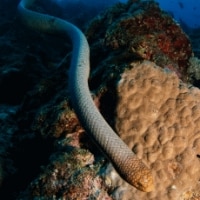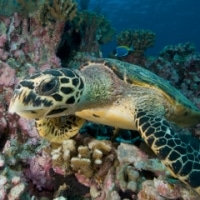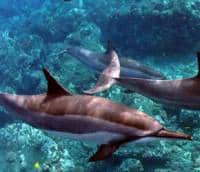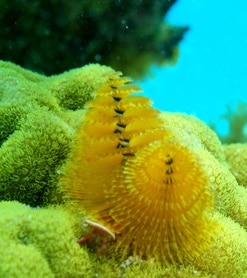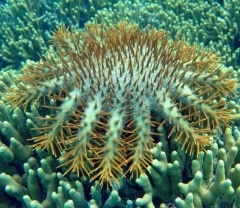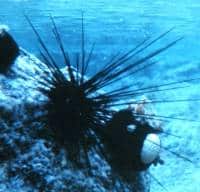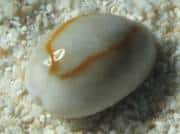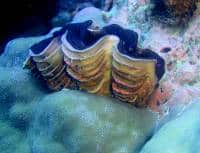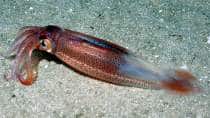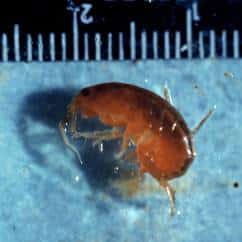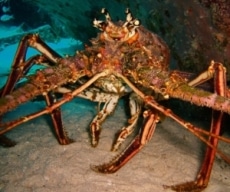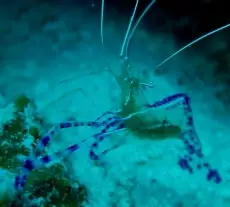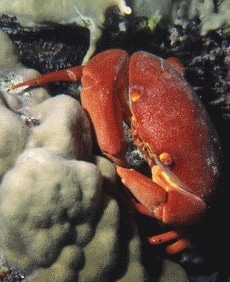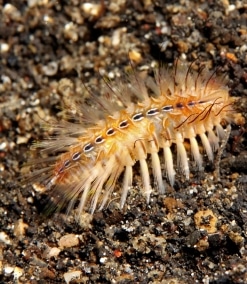Coral Reef Animals
Coral reef animals are the most conspicuous component of coral reef life, occurring in truly astounding numbers and variety throughout the reef ecosystem.
Unlike terrestrial forests and prairies whose structure is formed by plants, it is animals (coral polyps) that actually form the structural foundation of coral reef ecosystems – as well as being its dominant inhabitants.
Two major groups of animals inhabit coral reefs: animals with backbones (called vertebrates) and those without these structures (called invertebrates).


